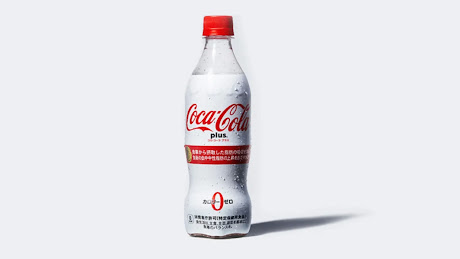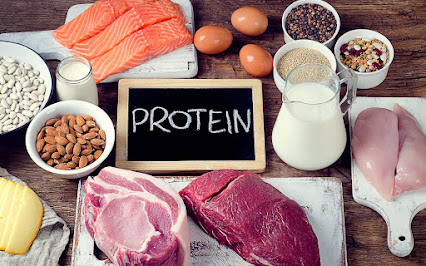Many people think that what is printed on food packaging is regulated by the FDA and that it therefore cannot be inaccurate or misleading. Unfortunately this is not really true. The actual nutrition label on the package is regulated but little else. Companies are forbidden from printing outright lies but this leaves lots of room for the marketing department to get creative. They realize that healthy sells, so they invest a lot of creative thought into giving their products a so called "health halo", especially when they are not that healthful at all.
"When food marketing is done well, it slips right through the radar of your critical thinking," says Marion Nestle, PhD, professor of food studies and nutrition at NYU and no relation to the food giant of the same name. "It is intentionally designed to make you think emotionally, and before you know it you have picked up a box of junk masquerading as healthy food."
Here are just a few of the ways that you are intentionally being manipulated.
NO CHOLESTEROL!
Cholesterol is only found in animal products. So seeing a no cholesterol claim on any plant based product - say a jar of peanut butter or a bottle of vegetable oil - is not untrue. It is just meaningless. It has no less cholesterol than similar products without the label claim. None at all.
MADE WITH REAL FRUIT/VEGETABLES!
We all know that fruits and vegetable are good for us and that we should probably be eating more of them. So does the marketing department. Remember that the ingredient list on food packages is in order of weight. The farther down on the list an item is, the less of it there is. So if the "real" fruit or vegetable is in the top four or five items on the list it is probably significant. Otherwise it is noise. The same as saying that your salad is "made with real pepper" because you ground a few flakes on top of it. But it is worse than just getting very little "real fruit/vegetables". What you do get is more likely grape or apple juice or processed fruit/vegetable powder. Again not a lie. But not what you are lead to expect.
KETO!
Ketogenic foods contain little or no carbohydrates, especially added sugar. But this by no means is a synonym for healthy. Foods with the keto claim are often ultra-processed and contain additives and artificial sweeteners that are of questionable safety. Probably not what you were looking for.
GLUTEN FREE!
Many gluten free versions of breads, pastas and baked goods are very low in fiber and firmly in the ultra-processed category, making them an unhealthy choice. Even better, you will frequently find this claim on foods that contain no gluten anyway. I have even seen wine advertised as gluten free, as if grapes had any gluten in them to begin with. Unless you have celiac disease or a diagnosed gluten sensitivity there is no reason to avoid gluten in the first place. The number of celebrities swearing by it does not make it a health food.
UNCURED!
Deli meats and hot dogs are normally preserved using synthetic nitrates and nitrites, which are known to raise the risk of some cancers. What to do to coax you into eating them anyway? Preserve your sausage with celery seed powder! It is an "all natural" source of nitrates and nitrites and your body can't tell the difference. "Uncured" may sound healthier, but it isn't. But who cares as long as you buy it.
These examples barely scratch the surface of the many ways that you are mislead, misinformed or manipulated into buying something you think is good for you that is really only good for the manufacturer. After all, they aren't the ones it will make sick. What can you do? Be skeptical and don't rely on anything you see on a food package except the ingredient list and the nutrition label.












